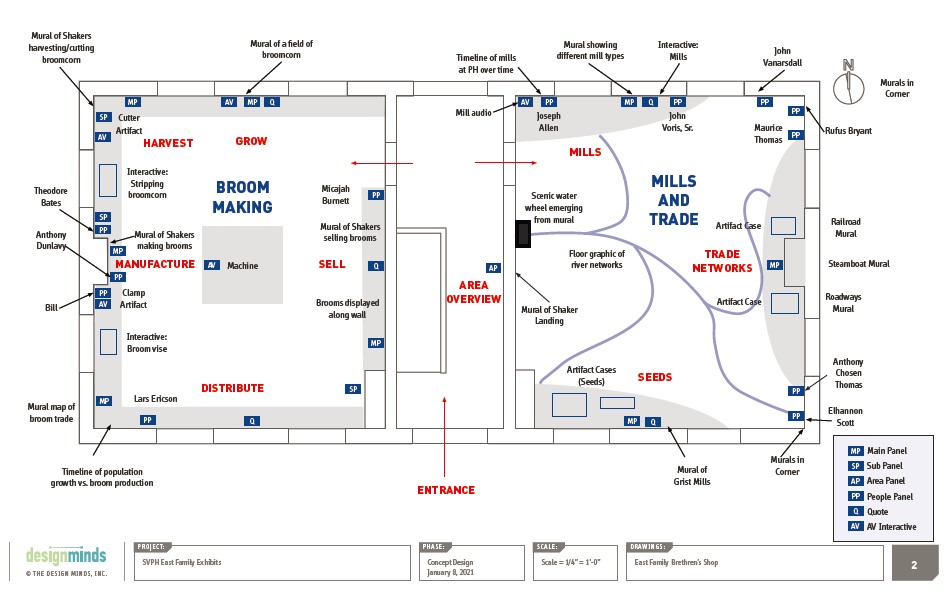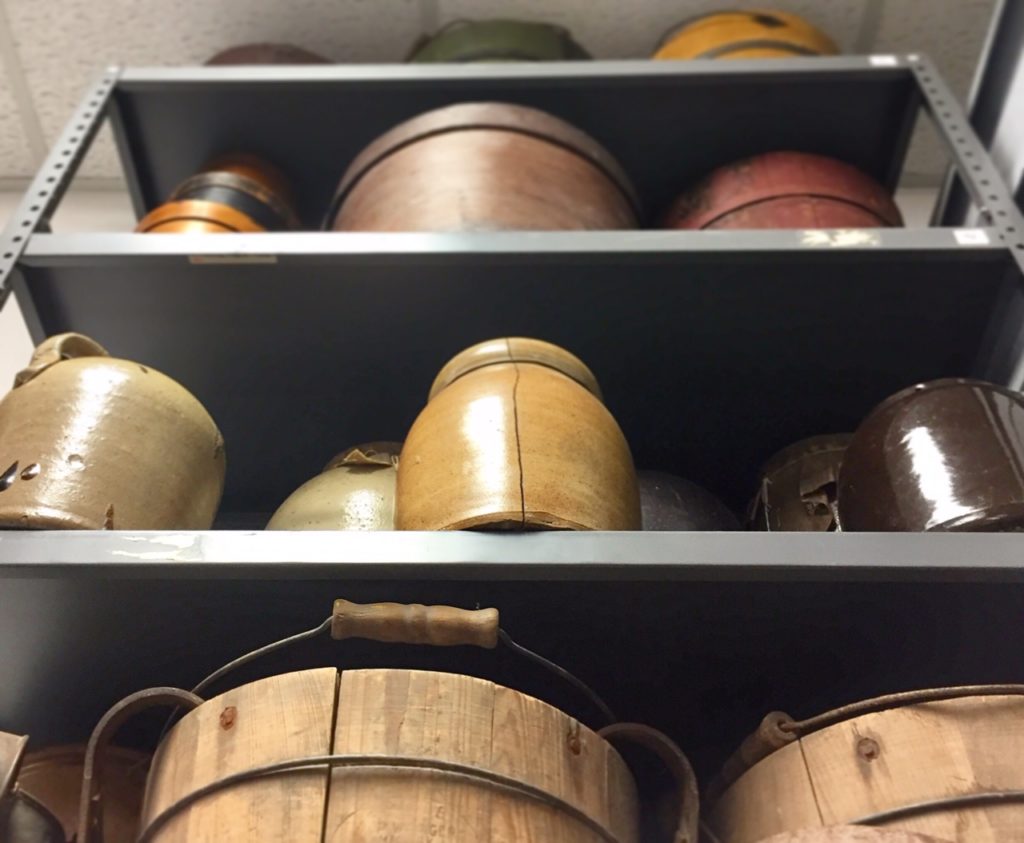Jacob Glover, PhD, Director of Public Programs and Education

While it was not unheard of for the Pleasant Hill Shakers to mention sitting U.S. Presidents in their journals and other writings, the April 1839 “visit” of George Washington was one of the more remarkable events to unfold in the community’s history. In order to get the full story we need to go back a bit.
The New Era
The New Era, or the Era of Manifestations, was an internal spiritual revival that occurred within Shaker communities across America in the mid-19th century. This movement involved striking spiritual visions and an assortment of other spiritual “gifts” received by Shakers of all stripes. The New Era began at Watervliet, NY, in 1837, and the first trappings of the revival at Pleasant Hill began in September 1838 with a series of visions received by Sarah Poole.

Only a few months after the first visions, Poole would relate her encounter with our first President. On April 1839, Poole detailed that in her vision she had been transported to the “New Jerusalem” where she met with Jesus, Mother Ann Lee and a number of other Shakers leaders. They demanded that she take a hard lesson home to Pleasant Hill. According to Mother Ann, there were “many evils” among the community that needed to be confessed and purged from their ranks. Among these “evils” were matters such as “hard speeches, affections and lusts; and pride, envy, jealousy, backbiting, complaining, murmuring and fault finding.”
Initially Poole was reluctant to take such a message back to the community. She feared she would be ostracized by the other Shakers for her insistence that they must confess such actions. Mother Ann reassured her that the village leadership would assuredly support Poole, George Washington arrived on the scene to offer his support!
In Poole’s words:
“George Washington then came into the room, and bowed to me; and then said to Mother [Ann], that if she had union in it, he had a desire to send his love to the brethren and sisters…and to tell them, he had gained his salvation, by confessing and forsaking his sins….He also added, he had a little march he wished to be sung and marched at the same time, in remembrance of him.”
Meaningful Visions
In many ways, Washington’s advice and counsel to the Shakers was very similar to other spiritual visitors during the New Era. Many of them offered encouragement to the Shakers to continue to seek to fulfill their stated utopian aims of eradicating sin from their lives and achieving union with one another. Although it may seem strange that non-Shakers would sometimes feature so prominently in these visions, the fact that these personas from American history were associating with the Shakers in the spirit world was further proof of the legitimacy and urgency of the Shaker’s mission on earth.
By the 1850s the New Era would subside at Pleasant Hill and in other Shaker communities. The memory of the time that George Washington came to town, shared the news of his own salvation and encouraged the apparently backsliding Shakers through song and dance would still remain!









